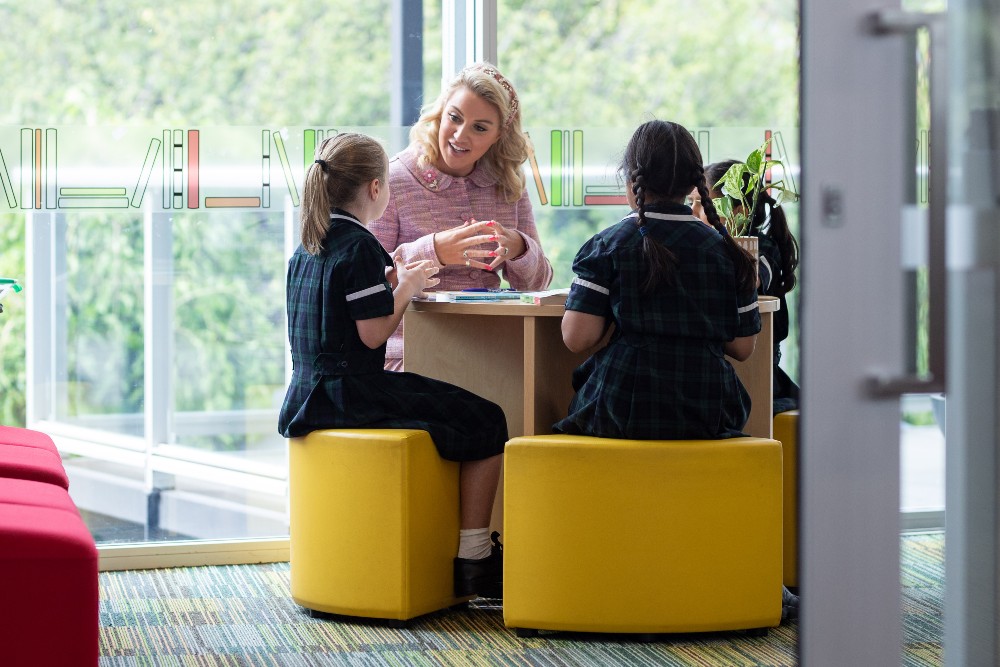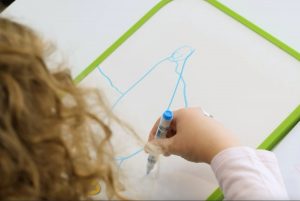Katharyn Cullen, Head of Junior School at Seymour College, believes in manifesting a love of words in our next generation. With a strong focus on – and belief in – the benefits of explicit literacy instruction, Katharyn’s enthusiasm and passion for promoting a love of language stems first and foremost from a sense of responsibility to our youngest learners, our children.
Impassioned to change the literary trajectory for each and every learner, Katharyn is calling teachers and school leaders to action.
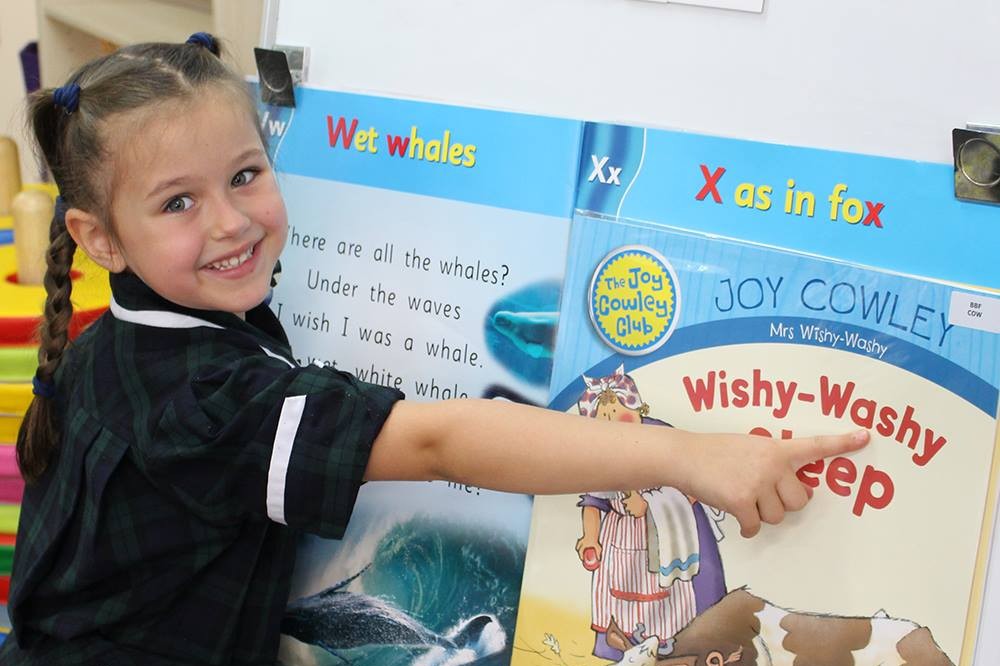
Changing the way we think about Spelling
How many children think about spelling in a negative way? They view it as a hostile barrier which interrupts the fluency of their writing. They see it as a mountain, too hard to climb or they perceive it as an ongoing battle of rote learning ‘list words’ which relentlessly continues throughout their entire primary education. Too often, students’ questions about the spelling of words are answered with, ‘it’s a special word’ or ‘you’ll just have to learn that one by heart.’ More often than not, the only tool students are given to help them spell is, “sound it out”.
Australia’s steady decline in English results
Based on PISA and NAPLAN testing, the reality we’re facing in Australia is a steady decline in our English results, with no significant improvement in reading levels in secondary schools since 2008 (NAPLAN) and and a significant decline in 15 year olds’ abilities in reading since 2000 (PISA). In an attempt to improve literacy results at a primary school level, many school leaders think the answer is to purchase commercial or published programs but this is a quick-fix remedy to a much bigger problem. By relying solely on phonics programs, with only 12% of words in English actually being spelled the way they sound; Katharyn believes we are literally setting our students up for failure.
Is it any wonder that we have a national literacy crisis?
Named on the 2020 Educator Hotlist as an influencer in reinventing the educational landscape in Australia, Katharyn shares a love and commitment to the growth and progression of each child, actioned through the continual learning and improvement of each teacher in her team. This vision has been key in the creation of the innovative Junior School model at Seymour College, which has improved teaching standards, enhanced student engagement and lifted educational outcomes.
We chat with Katharyn about her tips for improving literacy outcomes and what the Junior School model for education at Seymour looks like in the classroom.
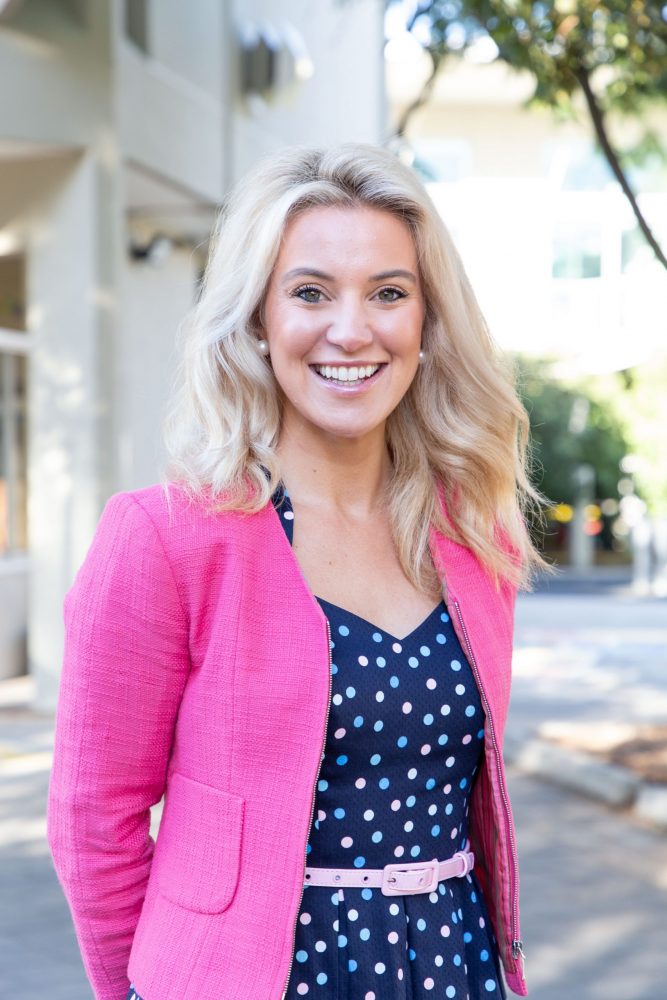
Katharyn’s Top Tips For Literacy:
1. Manifest a love of words
Ban the boring! At Seymour, our girls are constantly looking to up level their work using rich language. They just love to play with words to make their writing exciting which in turn, manifests a love of literature. The confidence they have to take risks is built on skills not limited to simply learning phonics, but by learning how spellings have evolved to represent sound (phonemes), meaning (morphemes), and history (etymology). The English language is exciting, and our passionate teachers explore and share this love of words with the girls.
2. Deep dive into quality literature, use it as your springboard!
We relish the opportunity to study, unpack and explore words. We value spelling as a unique skill which, when taught explicitly through quality literature, vastly improves our girls’ understanding of vocabulary. In turn, their capability to write with a deeper awareness of grammar and punctuation is greatly enhanced.
3. It is all about teachers’ knowledge of language and linguistics (no more ‘bossy e’ or ‘two sounds go walking, the first does the talking…’)
Good spelling comes from good teaching. This acknowledges the English spelling system as logical and organised, based on a rich history of language and meaningful reasons for why words are spelled the way they are. At Seymour, our girls love to learn, and our teachers love to teach. Our expert teachers are raising readers by fostering a deep understanding of words, literature and cultivating a love of language.
4. Spelling is the bridge that interrelates reading and writing.
Spelling is integral to writing, and individuals who are not fluent and accurate spellers can struggle to write detailed texts. When a student is unable to spell a word with automaticity, the thinking processes involved in creativity and getting ideas down on paper are disrupted. This means that students are more likely to select alternative words for their writing, just because they feel more confident to spell them. It is vital that our students are able to articulate the creative ideas that are in their head so that their teachers have a true understanding of their ability.
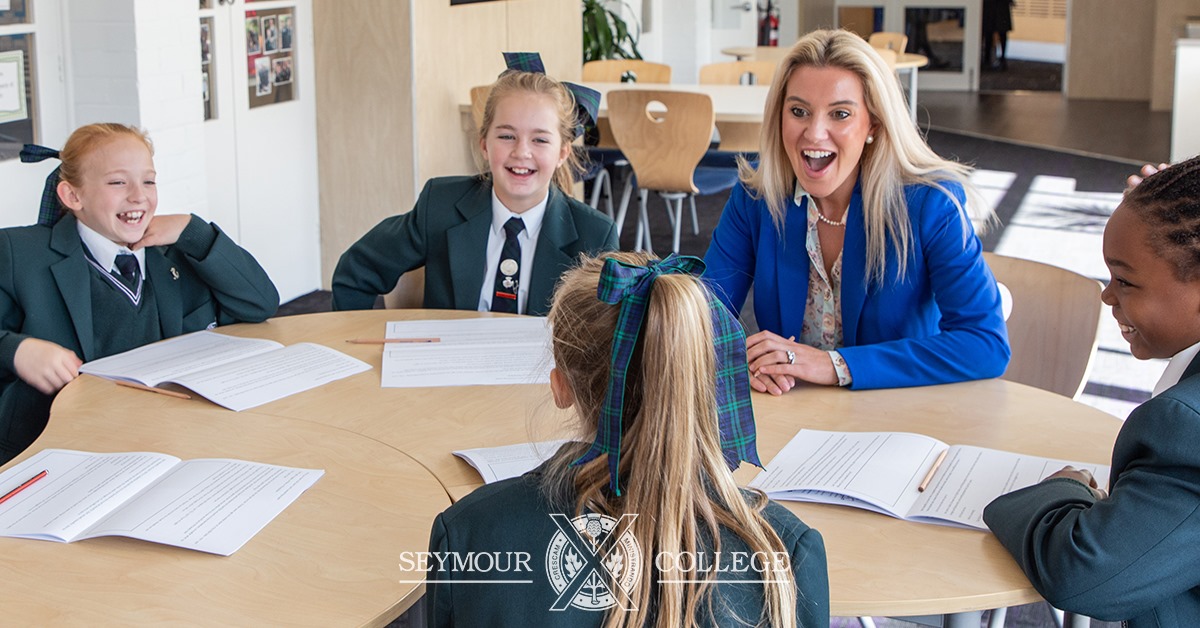
The innovative Junior School model at Seymour
With Katharyn at the helm, the team at Seymour have designed a ground-breaking model for education, one which focuses on deep connections, student engagement and teacher impact. The traditional timetable with the one class, one teacher model of education has been reimagined, delivering amazing results.
- Seymour teachers have specialised in Mathematics or English, working together to deliver best practice influenced by extensive professional development with world-renowned experts.
- The unique ability to tailor learning to the interests of the girls lies in this small group structure, with exposure to these specialists beginning as early as Reception.
- From Year 2-5, girls work solely in small English and Mathematics learning groups. This allows for differentiated, personalised, and tailored learning opportunities.
A driving point of this innovative Junior School model is developing deeper levels of understanding and higher levels of skill. This is achieved through extended periods of English and Mathematics learning time every day, reflecting what the research says about how girls, more than boys, desire a depth of understanding that is often unavailable in traditional classrooms.
Seymour girls understand that learning today is knowledge for the future.
Seymour College, 546 Portrush Road, Glen Osmond
seymour.sa.edu.au
